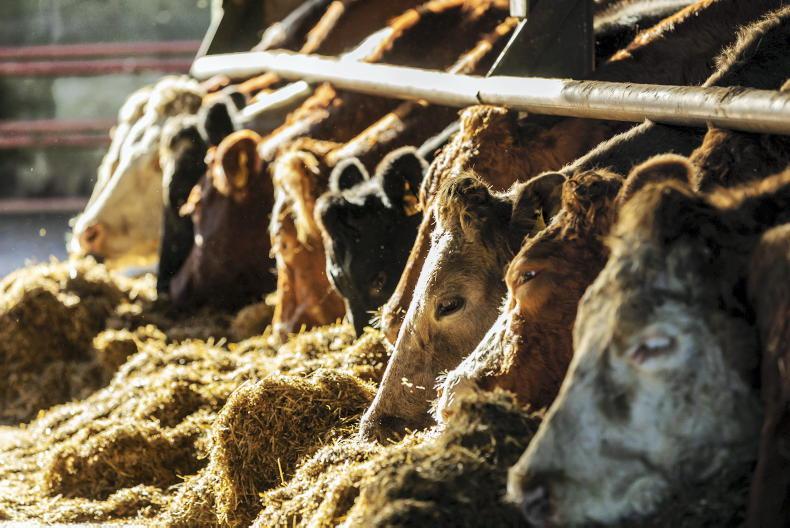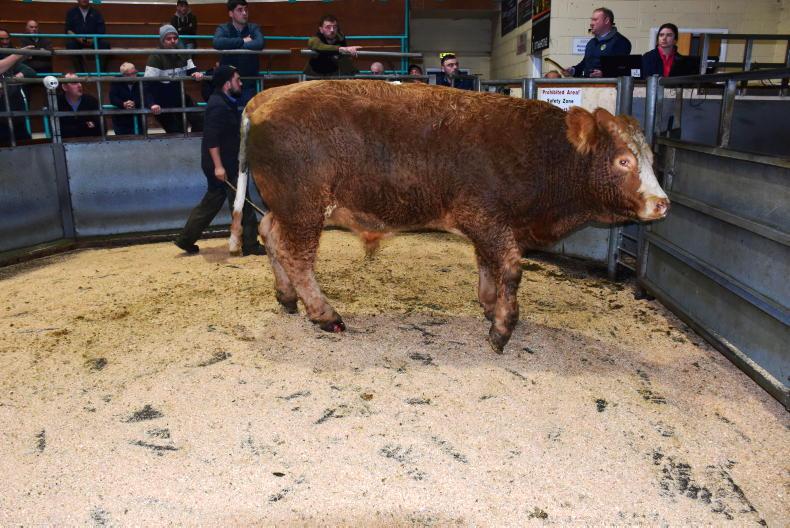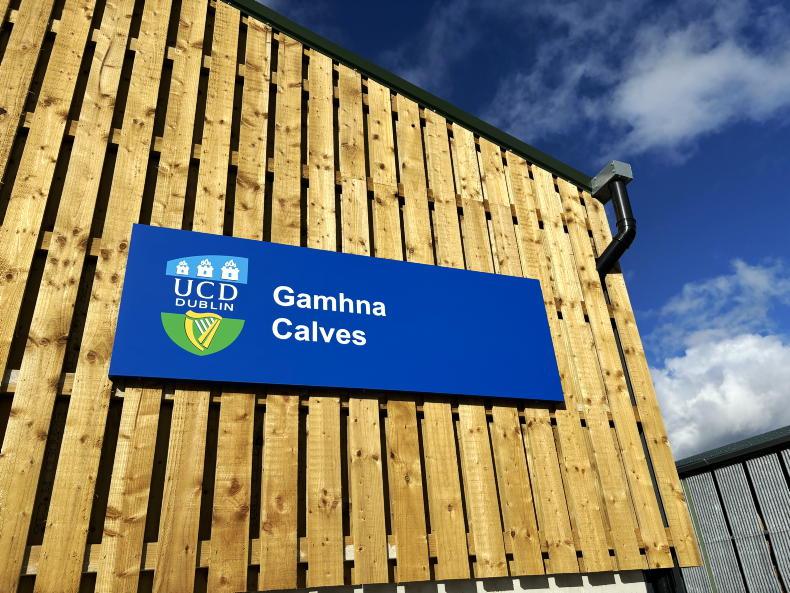University College Dublin (UCD) has said that megalithic construction in Ireland could have been fuelled by cattle labour following the analysis of ancient bones at an archaeological site in Dublin.
The remains of at least 58 individual cattle were found at Kilshane. The findings of Dr Fabienne Pigière and Associate Professor Jessica Smyth from the UCD School of Archaeology show that at least some of the cattle deposited at Kilshane had been used for traction, as pathologies on these individuals’ bones showed a distribution pattern similar to draught cattle used today.
Pigière and Smyth said that cattle in neolithic Ireland were used not only for their meat and their milk, but also for their strength. These cattle likely assisted a range of activities from forest clearance to ploughing, as well as the transportation of large stones and bulk loads of timber and manure.
This adoption would have provided a key support for more extensive practices as well such as megalithic construction, which increased considerably in scale during this period.
“To find this evidence on the Kilshane cattle bone is so exciting. It really makes us think in new ways about social organisation and early farming in Ireland at this time,” said Professor Smyth, who led the research as part of the Irish Research Council’s Laureate scheme.
“Detecting the traces of traction on prehistoric animal bone is not straightforward at all - we compared the Kilshane data with bone pathologies from modern draught animals and wild animals never used for traction. Only then were we confident about what we found,” said Pigière.
The absence of evidence for cattle traction in the Irish neolithic period has previously created a reluctance to speculate on the construction methods of Ireland’s passage tombs and megalithic monuments.
Based on the evidence found at Kilshane, it is likely cattle traction enabled the transport of both large and small stones over long distances and to higher terrain, as well as considerably easing efforts at a more local scale.
For example, in larger passage tombs such as Newgrange, stone was sourced from distances of up to 75km away.










SHARING OPTIONS